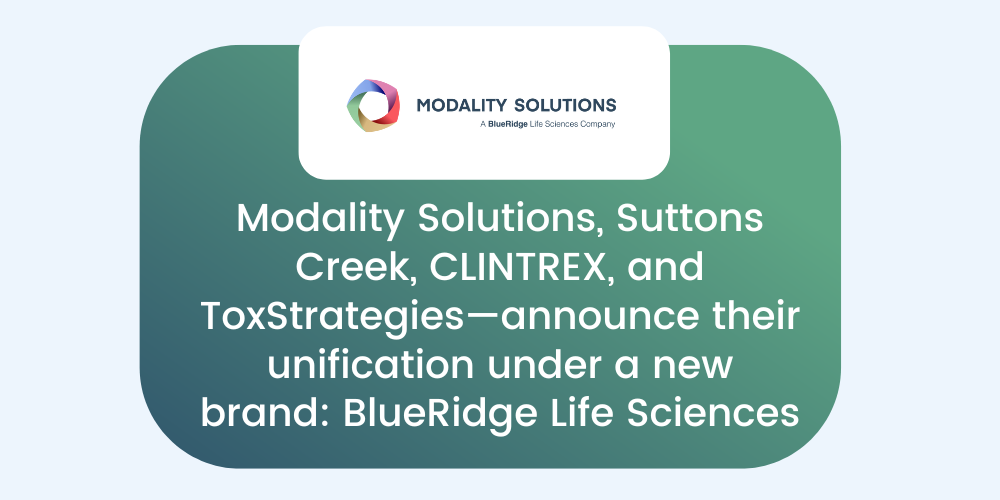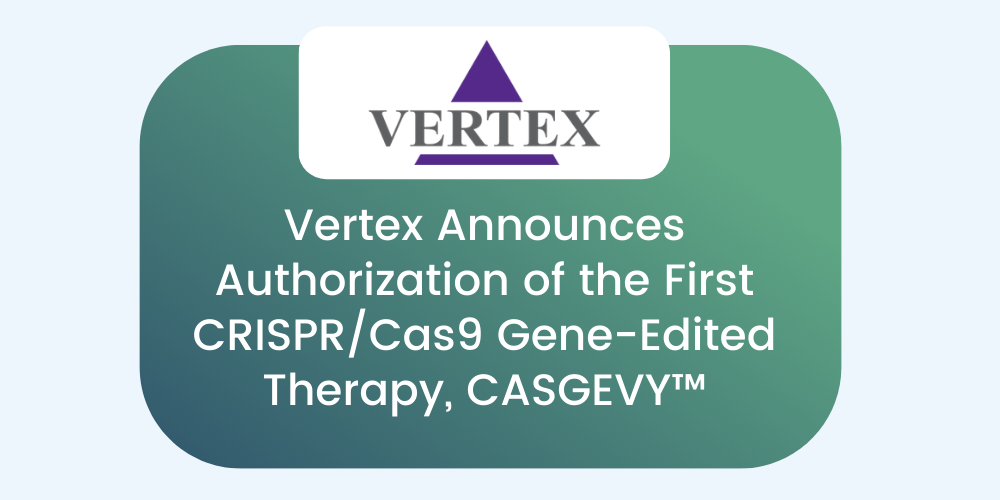Modality Solutions, Suttons Creek, CLINTREX, and ToxStrategies—announce their unification under a new brand: BlueRidge Life Sciences
Today, four leading life science companies—Suttons Creek, Modality Solutions, CLINTREX, and ToxStrategies—announce their unification...
read Details


